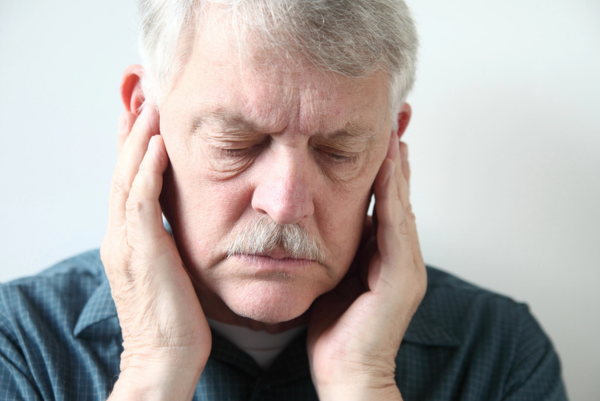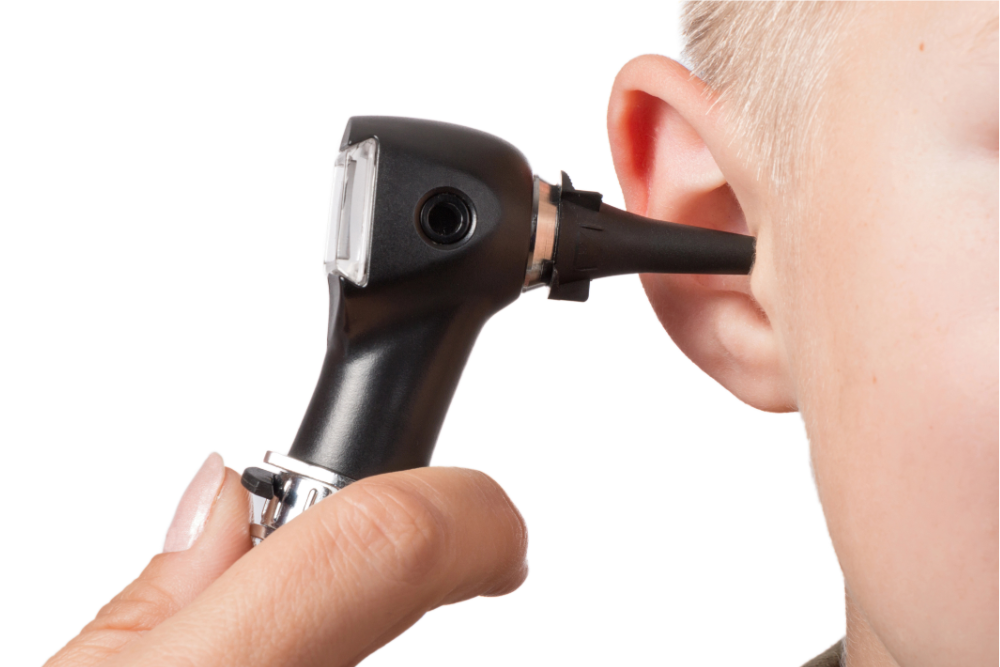The Eustachian tube, a narrow canal connecting the middle ear to the nasopharynx (upper throat and back of the nasal cavity), plays a crucial role in maintaining ear health. This structure equalizes air pressure on both sides of the eardrum, facilitates drainage from the middle ear, and protects the ear from nasopharyngeal pathogens and sounds.
Dysfunction of this tube, also known as Eustachian Tube Dysfunction (ETD), can cause problems with the ear and its hearing capacity. To better understand how disruptive this condition can be, continue reading to learn the symptoms and different types of treatments an ear doctor in West Hills provides for effective management and relief.
Common Eustachian Tube Dysfunction Disorders
Eustachian tube dysfunction occurs when the Eustachian tube fails to open properly or remains closed, leading to problems with pressure regulation and fluid drainage in the middle ear. This can result from various causes, including anatomical abnormalities, infections, allergies, and inflammation. ETD can manifest in different forms, each with distinct symptoms and treatment approaches.
Symptoms of Obstructive Eustachian Tube Dysfunction (OETD)
Fullness or pressure in the ear: This sensation is often likened to having a “plugged” ear or being underwater.
Hearing loss: Mild to moderate, often described as muffled or diminished hearing.
Ear pain: Ranging from mild discomfort to more intense pain, especially during pressure changes (e.g., flying or diving).
Tinnitus: Ringing or buzzing sounds in the ear.
Balance issues: Occasional dizziness or unsteadiness.
Causes of OETD
Allergies: Inflammation from allergies can block the Eustachian tube.
Infections: Sinusitis or upper respiratory infections can lead to swelling and blockage.
Enlarged adenoids: Particularly in children, large adenoids can obstruct the tube.
Anatomical abnormalities: Deviated septum, cleft palate, or tumors can cause obstruction.
Treatments for OETD
Medications: Decongestants and antihistamines to reduce nasal congestion and inflammation.
Nasal corticosteroids: Help alleviate inflammation and open the Eustachian tube.
Valsalva maneuver: A technique to equalize pressure by holding the nose, closing the mouth, and gently blowing.
Balloon dilation: A minimally invasive procedure where a small balloon is inserted and inflated to widen the Eustachian tube.
Surgical options: For chronic cases, procedures like adenoidectomy (removal of adenoids) or placement of tympanostomy tubes (ear tubes) may be considered.
Symptoms of Patulous Eustachian Tube Dysfunction (PETD)
Autophony: The most distinctive symptom, where one’s voice sounds unusually loud and echoey.
Hearing one’s breathing: Patients often describe hearing their breath sounds loudly.
Intermittent ear fullness: Unlike obstructive ETD, this fullness comes and goes.
Causes of PETD
Weight loss: Rapid or significant weight loss can decrease the fat surrounding the area, that helps keep the tube closed.
Hormonal changes: Such as those during pregnancy.
Dehydration: Can cause the tissues around the Eustachian tube to become less resilient.
Neurological conditions: Rarely, conditions affecting muscle control can lead to patulous Eustachian tube dysfunction.
Treatments for Patulous Eustachian Tube Dysfunction
Hydration: Ensuring adequate fluid intake to maintain tissue elasticity.
Medications: Estrogen nasal sprays or saline nasal drops can sometimes provide relief.
Surgical interventions: In severe cases, procedures to narrow the Eustachian tube opening may be considered.
Positional changes: Keeping the head in certain positions can reduce symptoms temporarily.
Symptoms of Baro-challenge Induced Eustachian Tube Dysfunction
Severe ear pain: Especially during rapid altitude changes such as in flying or scuba diving.
Sudden hearing loss: Can occur if the pressure difference is significant and unresolved.
Dizziness: Due to the pressure imbalance affecting the inner ear.
Causes of Baro-challenge Induced Eustachian Tube Dysfunction
Inability to equalize pressure: Due to blockages or dysfunction in the Eustachian tube, pressure changes cannot be accommodated.
Rapid altitude changes: Commonly experienced during air travel or diving.
Treatments for Baro-challenge Induced Eustachian Tube Dysfunction
Pressure equalization techniques: Such as the Valsalva maneuver or using special devices like the EarPopper.
Pre-medicating: Using decongestants or nasal sprays before altitude changes to reduce the risk of dysfunction.
Avoiding triggers: If possible, avoid situations with rapid altitude changes.
Earplugs: Specially designed earplugs that slow the rate of pressure change in the ear.
Diagnosing Eustachian Tube Dysfunction
An ear doctor in West Hills can provide an accurate diagnosis of ETD, which is essential to tailor the treatment effectively. Diagnosis typically involves:
- Patient History and Symptoms: Detailed assessment of symptoms and their triggers.
- Physical Examination: Otoscopic examination to check the condition of the ear canal and eardrum.
- Tympanometry: Measures the movement of the eardrum in response to pressure changes to assess middle ear function.
- Audiometry: Hearing tests to evaluate the extent of hearing loss.
- Imaging Studies: In cases of suspected anatomical abnormalities or persistent issues, CT or MRI scans may be used.
Preventive Measures and Management
Eustachian Tube Dysfunction is preventable, even with the presence of certain underlying conditions. The following strategies can minimize the risk of developing ETD.
- Use antihistamines for allergies and avoid known allergens to reduce the risk of Eustachian tube blockage.
- Get treatment for respiratory infections early on to prevent them from affecting the Eustachian tube.
- Maintain a healthy weight to prevent patulous Eustachian tube dysfunction associated with significant weight loss.
- Avoid situations that involve rapid changes in altitude. Use earplugs when flying by plane.
- Stay hydrated to maintain the elasticity of tissues around the Eustachian tube.
Complications of Untreated Eustachian Tube Dysfunction

If left untreated, ETD can lead to several complications:
Chronic Otitis Media: Persistent fluid in the middle ear can lead to recurrent infections.
Hearing Loss: Prolonged ETD can cause conductive hearing loss, impacting daily communication.
Tympanic Membrane Perforation: Severe pressure imbalances can lead to eardrum perforation.
Balance Problems: Ongoing pressure issues can affect the inner ear, leading to dizziness or balance disorders.
Conclusion
Eustachian Tube Dysfunction encompasses a range of disorders that can significantly impact one’s overall quality of life due to symptoms like ear fullness, hearing loss, and pain. It’s essential to see an ear doctor in West Hills to learn the symptoms of the different types of ETD—obstructive, patulous, and baro-challenge induced and get proper treatment. In many cases, patients can effectively manage ETD with a combination of medical treatments, lifestyle changes, and in some cases, surgical interventions.
If you suspect you have an Eustachian Tube Dysfunction, ontact C/V ENT Surgical Group for an appointment with an ear doctor in West Hills.

